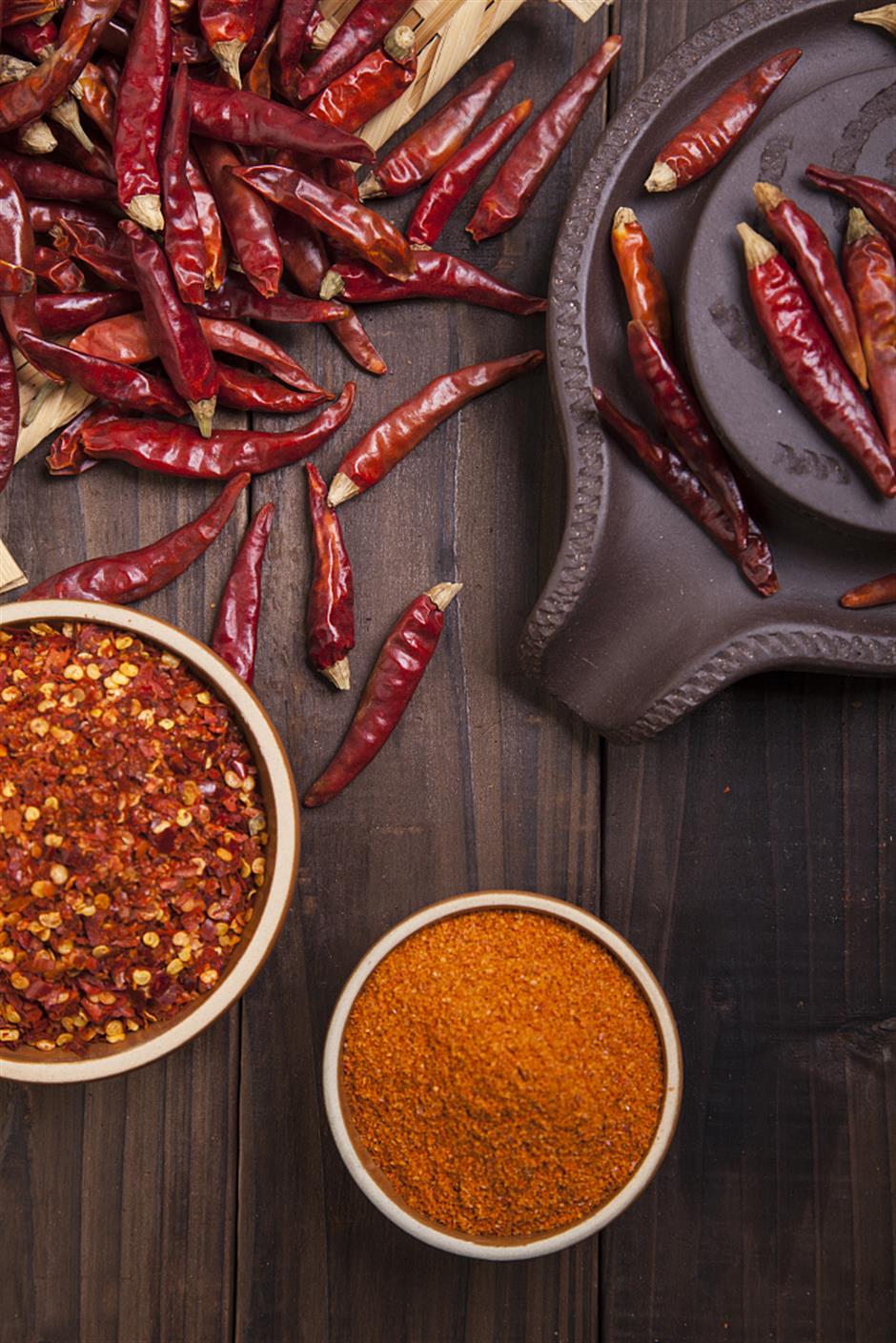Jul . 26, 2024 22:02 Back to list
Exploring the Versatile Uses and Benefits of Paprika in Various Culinary Products and Recipes
The Versatility of Paprika A Flavorful Product
Paprika, a vibrant spice made from dried and ground peppers, has become a staple in kitchens around the world. Its rich color and varying flavor profiles, ranging from sweet to smoky to hot, make it an incredibly versatile ingredient in both cooking and food presentation. This article delves into the different types of paprika, its culinary uses, and its cultural significance.
Types of Paprika
Paprika is primarily produced in Hungary and Spain, with each region lending its unique flavor characteristics to the spice. Hungarian paprika is known for its sweet, mellow flavor and bright red color, making it a common choice in traditional dishes such as goulash and stuffed peppers. Hungarian varieties can be categorized further into sweet (édes), hot (csípős), and smoked (fü smoked), each offering a different intensity and complexity to culinary creations.
On the other hand, Spanish paprika, often referred to as pimentón, is famous for its smoky flavor that comes from the drying process over oak fires. It is a key ingredient in Spanish dishes like chorizo and paella and is available in three main varieties sweet (dulce), bittersweet (agridulce), and hot (picante). Each type provides a distinct taste that can enhance various recipes.
Culinary Uses
The culinary applications of paprika are nearly limitless. It can serve as a seasoning, a garnish, or even a main flavoring in diverse cuisines. In addition to stews and casseroles, paprika can be sprinkled onto roasted vegetables, added to marinades for meats, or used to elevate sauces and dressings. Its vibrant color also makes it an excellent decorative element for plates, providing visual appeal in addition to flavor.
paprika por product

For those looking to introduce paprika into their everyday cooking, starting with simple recipes can be beneficial. A sprinkling of sweet paprika can enhance the flavor profile of scrambled eggs, while a touch of smoked paprika can elevate a basic potato salad. Integrating paprika into homemade spice blends can also add depth to barbecue rubs and chili powders.
Health Benefits
Beyond its culinary prowess, paprika offers several health benefits. It is rich in antioxidants, particularly carotenoids, which are known for their anti-inflammatory and immune-boosting properties. Additionally, paprika contains vitamins A, E, and B6, contributing to overall health and well-being. Incorporating this spice into meals not only enhances flavor but also adds nutritional value.
Cultural Significance
Paprika is more than just a spice; it is ingrained in the cultural identities of countries like Hungary and Spain. In Hungary, annual paprika festivals celebrate the harvest and culinary traditions surrounding this beloved spice. Similarly, in Spain, pimentón is recognized as an essential component of the country's rich culinary heritage, and various festivals and events highlight its importance.
Conclusion
In conclusion, paprika is a multifaceted spice that transcends borders and enhances the culinary experience. Its diverse varieties allow for a wide range of flavors, making it suitable for countless dishes. Whether you're a home cook or an experienced chef, incorporating paprika into your cooking not only adds flavor and color but also connects you to a rich cultural history. So, the next time you're in the kitchen, don’t forget to reach for this incredible spice—it can make all the difference in your dishes.

